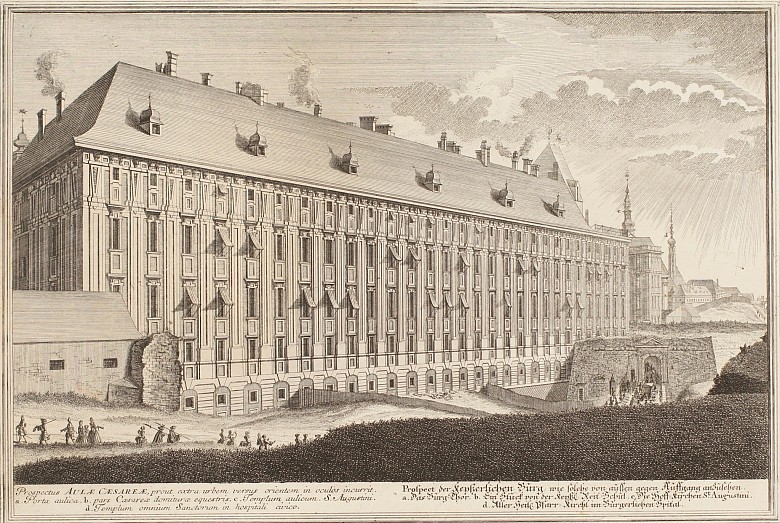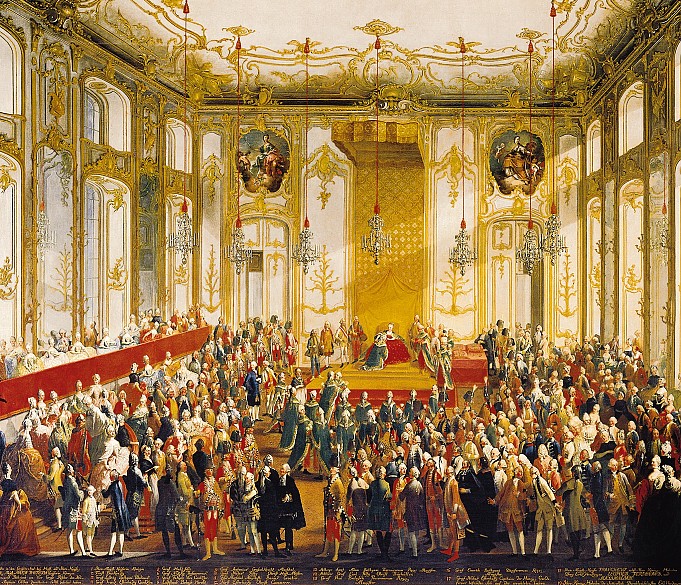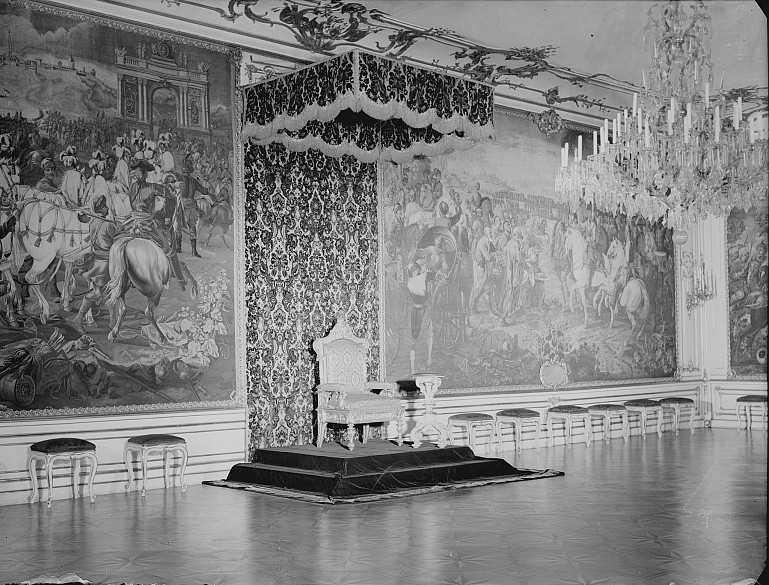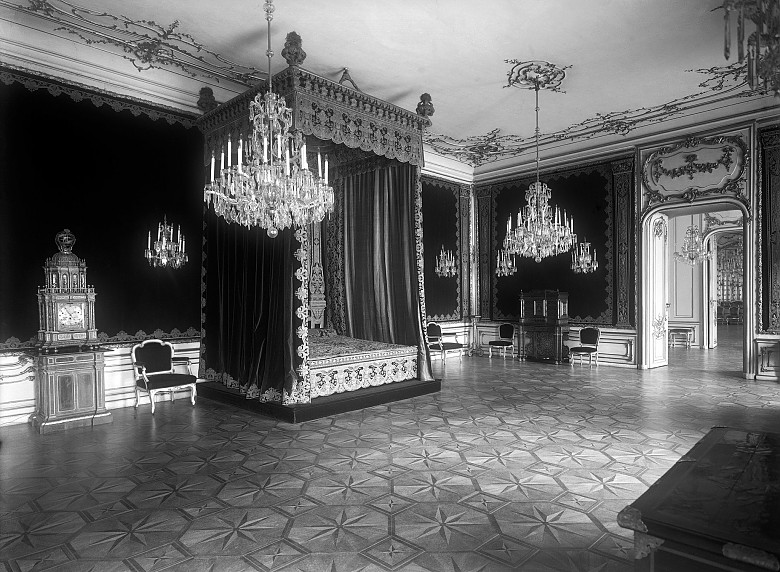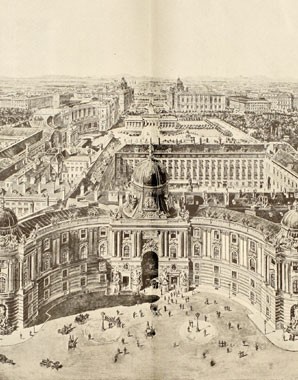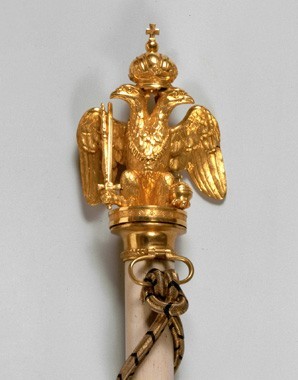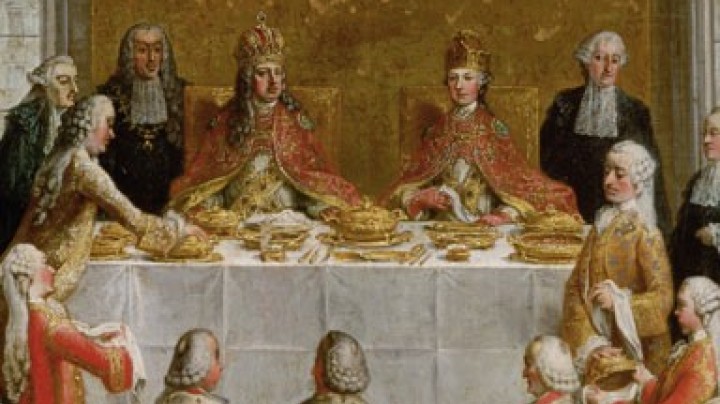The Ceremonial Apartments
An imposing suite measuring 150 metres in length, its splendour increasing from room to room. The Imperial Apartments in the Leopoldinischer Trakt of the Hofburg were the most exclusive in the Monarchy – in the truest sense of the word: the public at large were excluded.
Access to the individual rooms was strictly ordered according to rank in the Court hierarchy. Titles from the upper echelons of the nobility had intrinsic privileges that were here expressed spatially, in terms of the graduated proximity to the ‘source of all power’, that is, the monarch.
Entering via the Schweizerhof, the innermost and oldest courtyard of the Imperial Palace, one came to the Trabantenstube, where the life guards were posted. The following room, the Ritterstube, was the most public, and open to petitioners and visitors, whose number attested to the power of attraction and importance of the Imperial Court: access up to this point was granted to diplomats, high state officials, academics, officers, the lower nobility and foreign aristocrats. Those who were not allowed further had to wait until the monarch emerged from the inner chambers. At this opportunity one could hand over a petition or even hope to be addressed by the emperor. It was deemed an especial honour if His Majesty extended his hand to be kissed.
Via the First Antecamera (antechamber) one progressed to the Second or Great Antecamera, thanks to its handsome dimensions the setting for ceremonial occasions to which the higher nobility and senior clergy were admitted. The next rank up was represented by the adjoining Geheime Ratsstube (Privy Councillors’ Chamber), which could be entered only by Imperial Privy Councillors and those who held the highest ceremonial positions in the Court Household together with reigning princes, cardinals and the envoys of royal houses.
The innermost chambers, the ‘holy of holies’ of the Habsburg Empire, so to speak, was dominated by the Retirade (literally, ‘retreat’), where the highest-ranking guests were favoured with a personal conversation with the Monarch, together with the marital bedchamber of the imperial couple. Though magnificently appointed, the latter room was not used for public ceremonies at the Viennese Court, in contrast to the custom of the French Court.
Up to and including the reign of Maria Theresa these apartments were also the actual residential quarters of the imperial couple, a tradition that was abandoned by Joseph II. From then on, private apartments in other parts of the palace were preferred. However, as the highest-ranking suite of rooms in the Hofburg, the Ceremonial Apartments continued to be used on formal state occasions. After 1918 these rooms were open to the public but are today used as the offices of the Federal President of Austria and as a conference centre.
